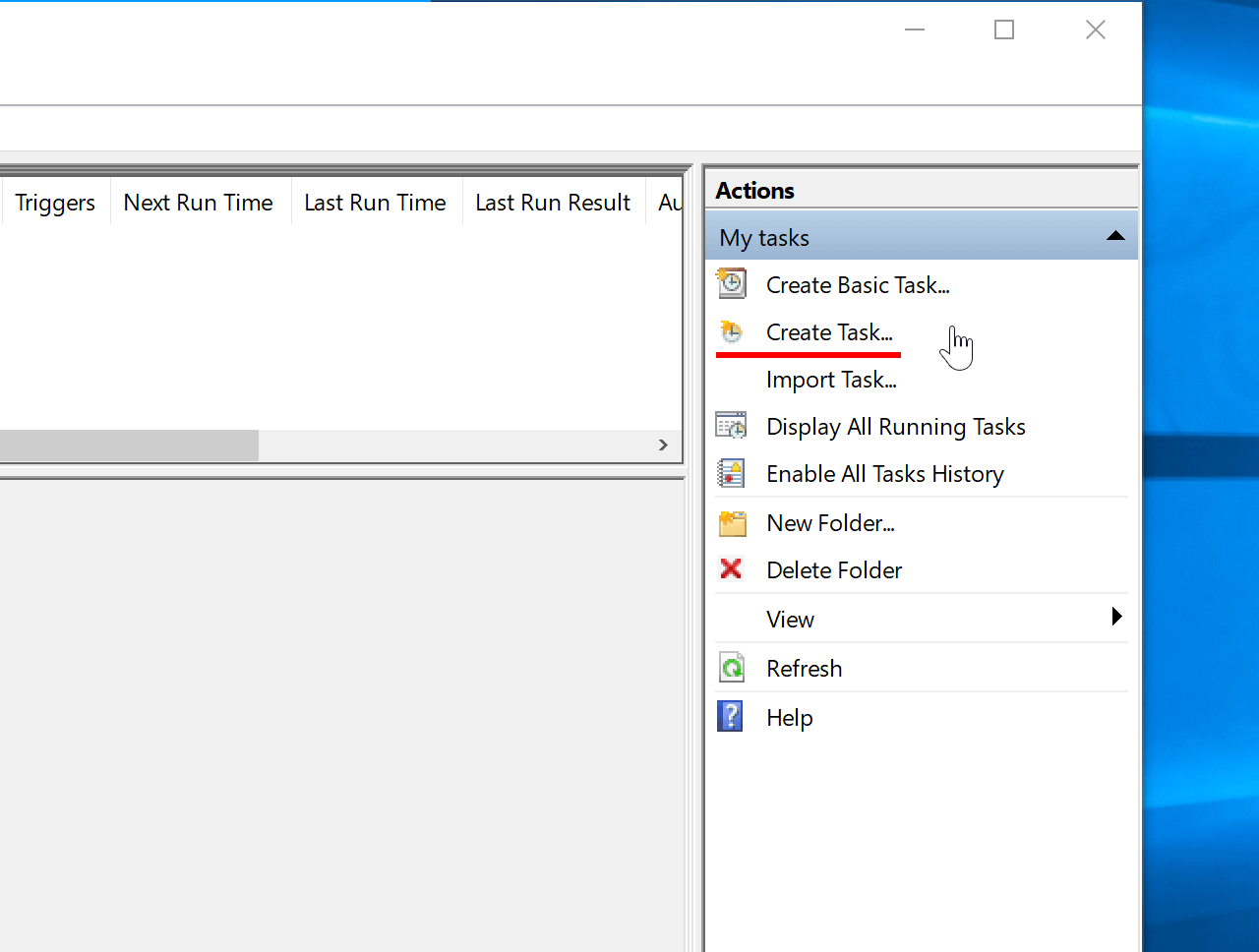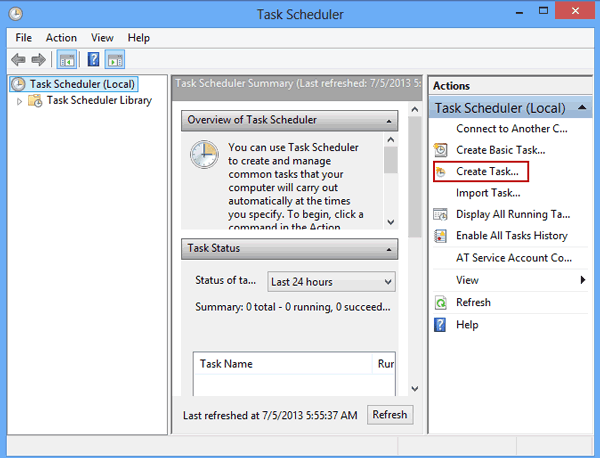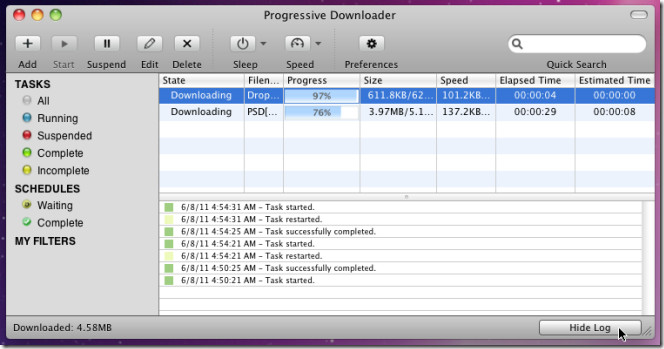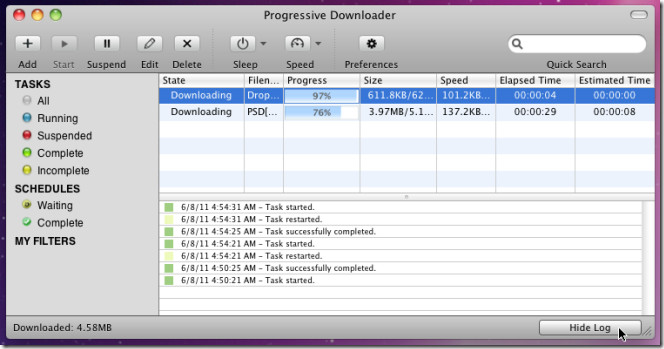

- CREATE TASK IN PROGRESSIVE DOWNLOADER HOW TO
- CREATE TASK IN PROGRESSIVE DOWNLOADER INSTALL
- CREATE TASK IN PROGRESSIVE DOWNLOADER UPDATE
- CREATE TASK IN PROGRESSIVE DOWNLOADER CODE

Many hosts now offer HTTPS by default, but if your host doesn't, Let's Encrypt offers a free alternative for creating the necessary certificates.įor example, you can create an Azure free account. When your PWA goes live, you must publish it to an HTTPS URL. You now have a simple local web server running at Key parts of the Progressive Web Apps platform, such as Service Workers, require using HTTPS. Start the server by using the http-server Node.js library: npx http-server You can do this by opening a command prompt and typing: cd path/to/your/dev/folder To start a local server:Ĭreate a new folder on your computer where the web server will run.

To start developing your PWA, you can use a local web server instead.
CREATE TASK IN PROGRESSIVE DOWNLOADER UPDATE
You can then update your app simply by deploying the new version to your web server again. Once your app is ready, deploy it to the web by using a web hosting provider.

PWAs are distributed to users by using web servers. The device contains the front-end code, including HTML, CSS, JavaScript, the service worker, and the manifest: The web server is on one side of the PWA, and the device is on the other side. The following diagram shows the high-level architecture of a PWA.
CREATE TASK IN PROGRESSIVE DOWNLOADER CODE
Finally, your front-end code also contains a JSON manifest file that describes your application to the host operating system. On top of the user interface code, you also use JavaScript to make your application faster, more reliable, and network-independent by using a service worker file. Note that although your front-end code runs by using the device's web browser, the browser user interface may not be visible as your app can choose to run in a standalone window. And finally, you use a JSON manifest file that describes your application to the host operating system. You use JavaScript to add user interactions to your user interface. You then use CSS to organize the HTML content in a layout, and provide styles to elements. You use HTML to describe the content in your app, such as the text, images, text fields, or buttons that appear in the user interface. Your front-end code uses HTML, CSS, JavaScript, and a JSON manifest only. The PWA that you create in this tutorial doesn't have any server-side code, because the app exclusively runs on the device it's installed on, and doesn't need any server-side data. Note, however, that server-side endpoints may not even be required depending on the app your're building. Your back-end code can use the server-side languages of your choice such as ASP.NET, Java, Node.js, or PHP.
CREATE TASK IN PROGRESSIVE DOWNLOADER INSTALL
CREATE TASK IN PROGRESSIVE DOWNLOADER HOW TO
In this guide, you first learn how PWAs work, then create your first simple PWA, which will be a temperature converter app, and then learn more about how to make great PWAs. To learn more about installing and running PWAs, see Installing a PWA in Use Progressive Web Apps in Microsoft Edge. This guide is targeted at web developers who want to learn to build PWAs. To learn more about what PWAs are and their benefits, see Overview of Progressive Web Apps (PWAs). Progressive Web Apps (PWAs) are applications that you build by using web technologies, and that can be installed and can run on all devices, from one codebase.


 0 kommentar(er)
0 kommentar(er)
